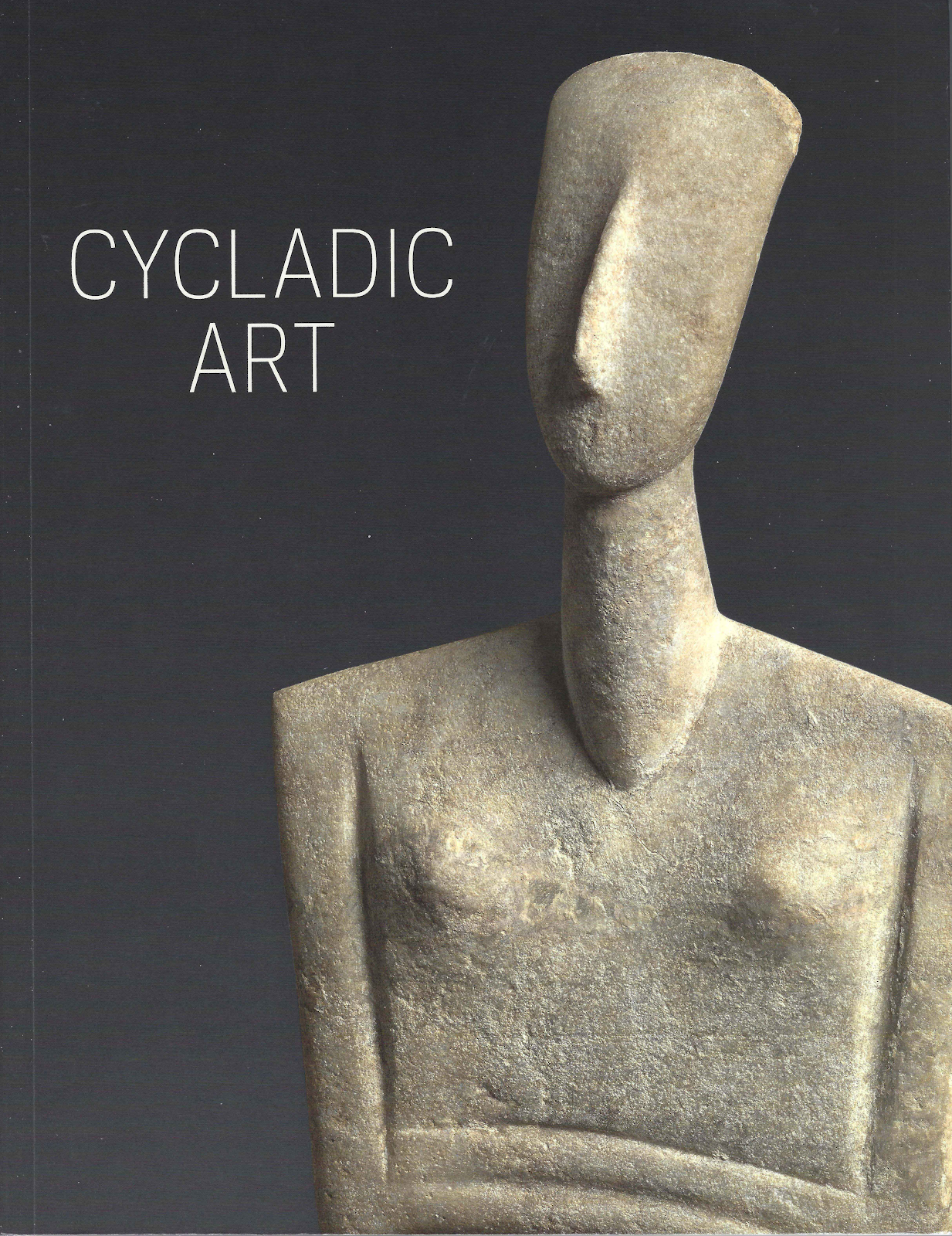We recall the associations with Ortiz such as the Horiuchi sarcophagus, the Hestiaios stele fragment, the marble funerary lekythos, and the Castor and Pollux.
Bernheimer will, no doubt, wish to reflect on the Royal Academy exhibition by reading Christopher Chippindale and David W. J. Gill. 2000. "Material consequences of contemporary classical collecting." American Journal of Archaeology 104: 463-511 [JSTOR].
Bernheimer will probably want to re-read the two pieces by Peter Watson that appeared in The Times: , "Ancient art without a history" and "Fakes - the artifice behind the artefact", 14–15 August 1997. One of the issues raised related to lack of information about prior histories: "... in the George Ortiz Collection, shown at the Royal Academy in 1994, 23 per cent had no provenance at all, while 62 per cent were in the "said to be", "possibly" and "allegedly" categories. The point here is not that there were one or two objects in each of these collections that were open to question, but that the vast majority were."
There were also issues about how objects were presented. Watson reminded his readership of an alleged Cycladic "egg":
"There are many examples in auction catalogues of objects said to be found together. But who can prove it? We have only the salerooms' word to go on and, behind them, dealers and looters with a commercial interest in these things being found together. The sheer futility of all this is underlined by yet another phenomenon identified by Dr Gill and Dr Chippindale, which they term "wish fulfilment". They give two examples of this. The first is a marble "egg" in the Ortiz Collection that, allegedly, comes from the Cyclades. A date for this is given as 3200-2100 BC. But without any published knowledge of its provenance, or the context in which it was found, this object could actually be no more than an egg-shaped pebble picked up on any of the Greek islands. To call it an "egg", thereby implying intention on the part of the artist and a role for the object, perhaps in religious practices, is entirely unwarranted, archaeologically speaking."I can remember having a memorable face to face exchange with Ortiz over this very "egg".
Christie's desire to remind us of the issues relating to George Ortiz only serve to refocus attention on the need for the antiquities market to develop a more rigorous due diligence process for all antiquities entering the market.



